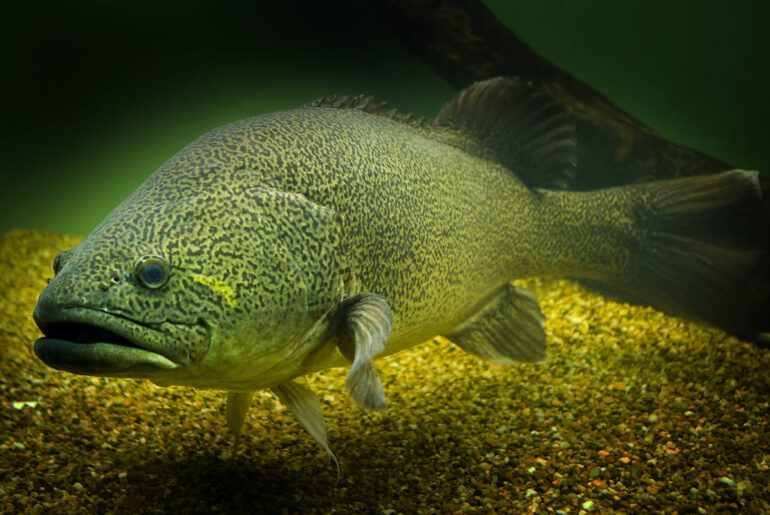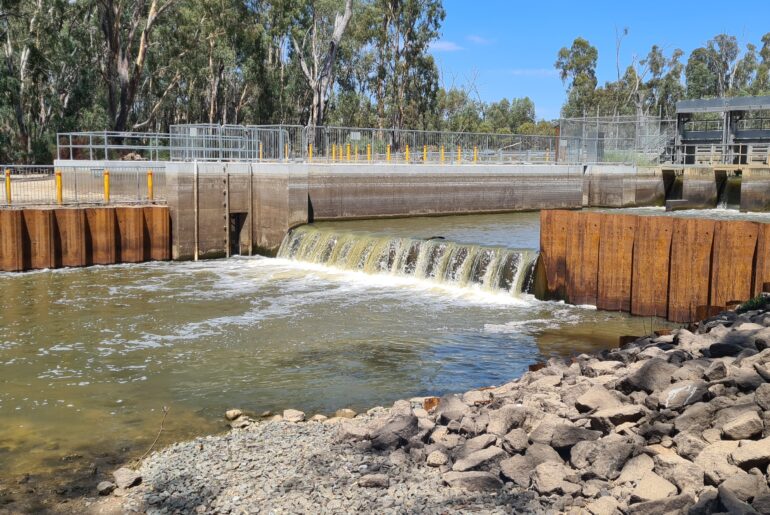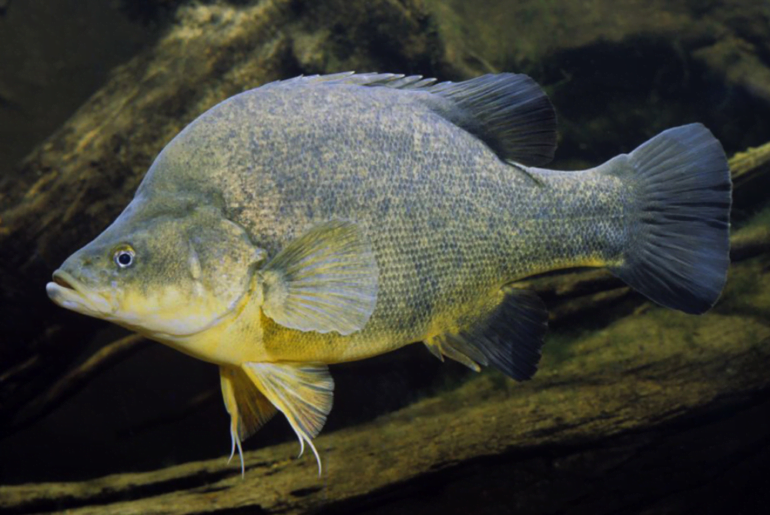The construction of dams and weirs to store or divert water for human use has altered the condition of aquatic ecosystems worldwide. Major alterations include reduced flow variability, conversion of fast to slow moving flow habitats, reduced habitat complexity and altered water quality. These changes all impact ecological processes and have effects on a range of biota including fish, invertebrates and plants.
In Australia, regulation of river systems with dams and weirs has been extensive. In the Murray-Darling Basin (MDB), Australia’s largest drainage basin, more than 4000 licensed in-stream structures have been constructed to regulate river flow. These modifications have been identified as a driver of severe declines of biota, particularly native riverine fish species.
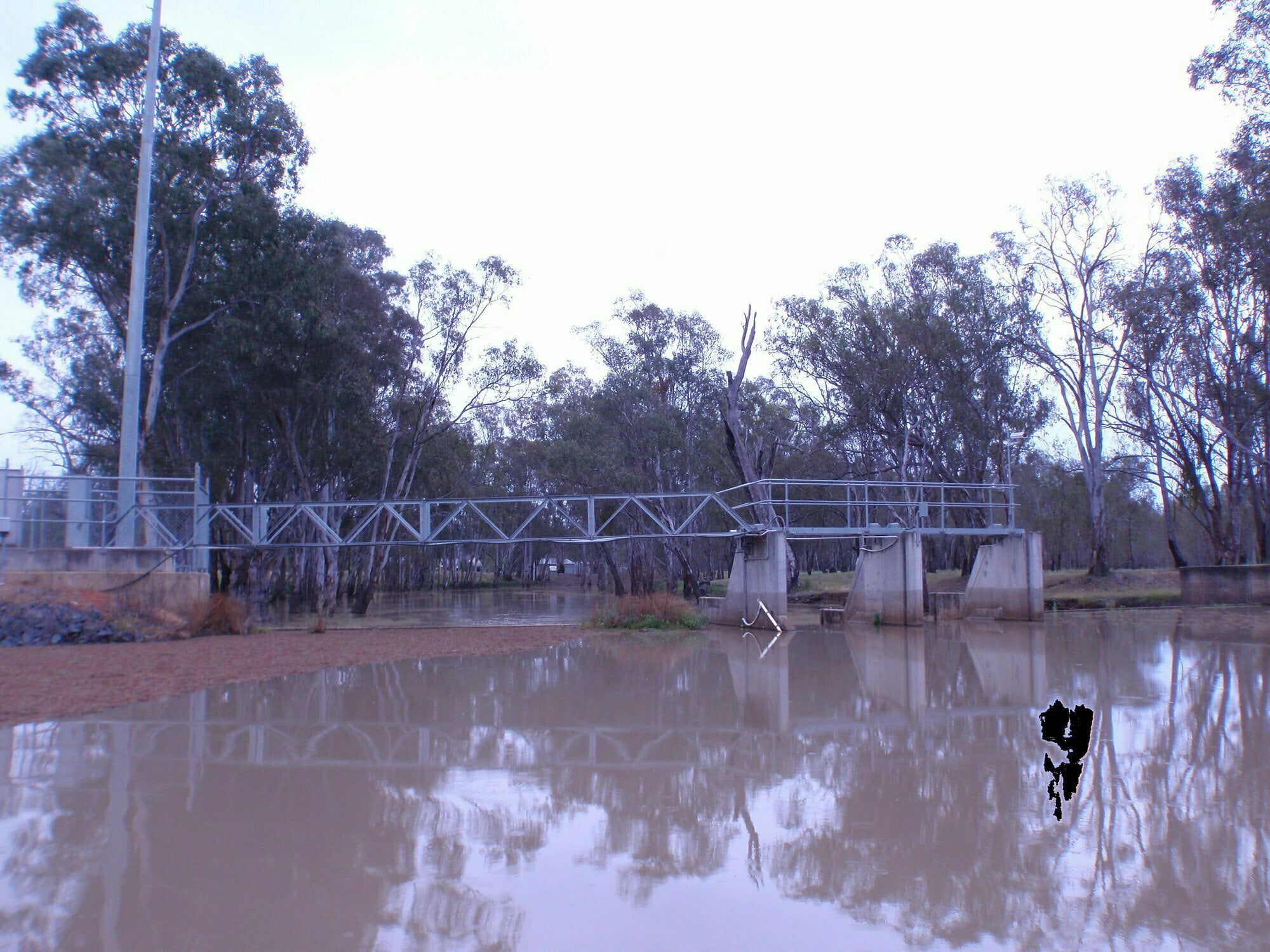
Murray cod Maccullochella peelii and Golden perch Macquaria ambigua are two large native riverine fish species of recreational angling and conservation significance endemic to south-eastern Australia. Populations of both species have declined substantially in the MDB, due to factors such as habitat degradation and loss, altered flow regimes, reduced water quality, and barriers to movement.
Our study
In this study, we quantified daily and seasonal habitat use patterns, and the longitudinal movement and activity of Murray cod and Golden perch in relation to environmental conditions in a weir pool environment. We used a fine-scale continuous acoustic telemetry array, integrated with side-scanning sonar to assess instream habitat conditions to:
- characterise the behaviour of fish in weir pools and evaluate if this is similar to knowledge about the traits and behaviours of these species in riverine populations.
- evaluate whether patterns differ among these two species.
We hoped our study would provide us with insights into the life history of these fish including habitat use, movement, and activity in weir pools. This understanding is needed to better understand potential impacts of habitat change and flow regulation on these two species, and to inform potential management interventions.
Approach
The study was conducted in lower Broken Creek, south-eastern Australia. For the past 100 years a series of predominantly contiguous low-level weirs along lower Broken Creek and diversion channels has maintained permanent water for irrigation. Murray cod and Golden perch collected from the lower Broken Creek were tagged with acoustic transmitters. Forty-two acoustic listening stations were deployed in Broken Creek between the River Murray junction and Nathalia (a distance of about 50 km).
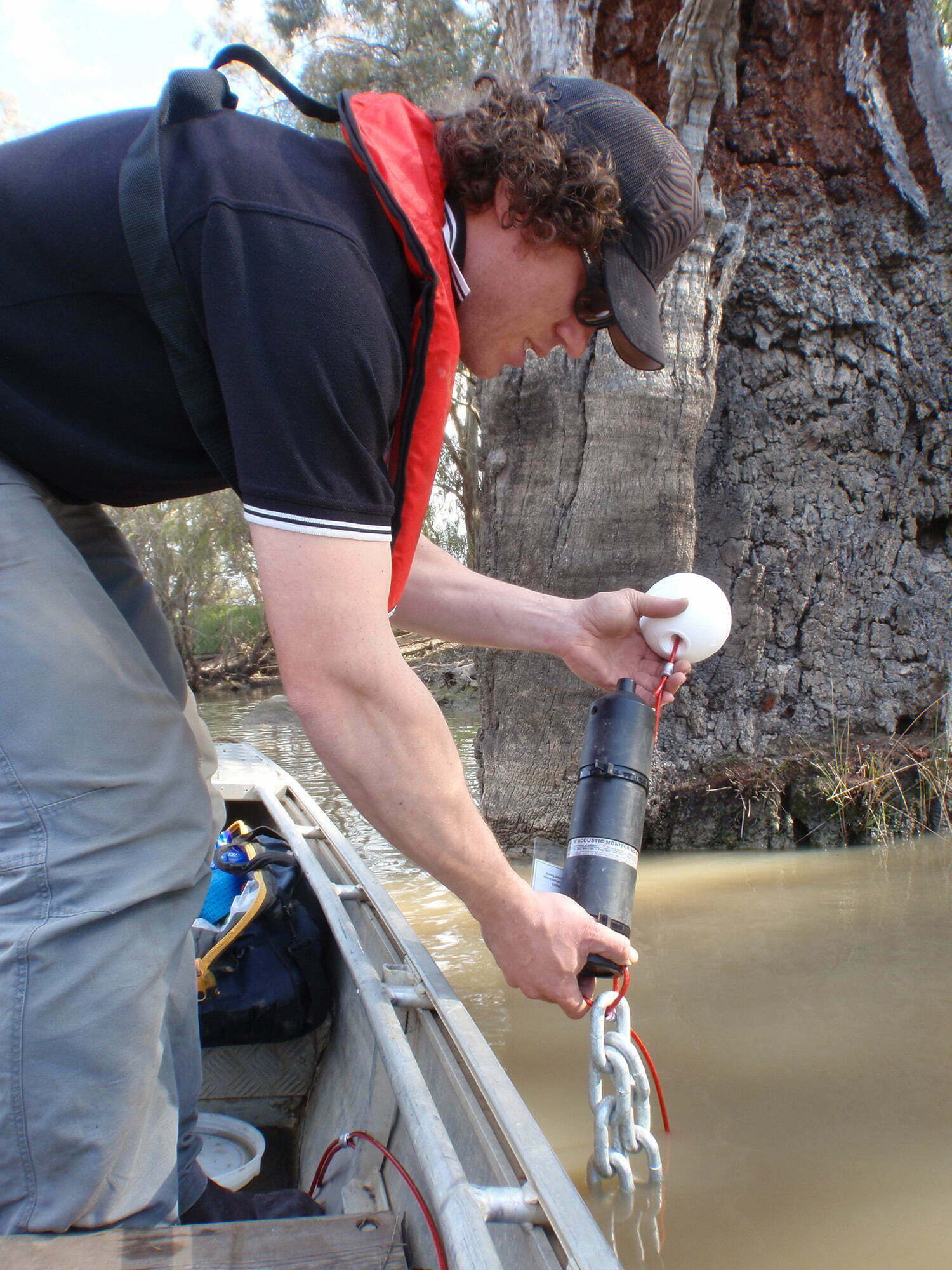
Golden perch
We found that Golden perch exhibited low levels of movement, typically moving less <3 km from their tagging location. Habitat use of Golden perch was seasonally variable, with fish more likely to be in areas with greater woody habitat in February (austral late-summer), and lower woody habitat in November. Golden perch were also more likely to be in deeper habitats in August-December (late winter to early summer), and shallower habitats in January-February (mid to late summer).
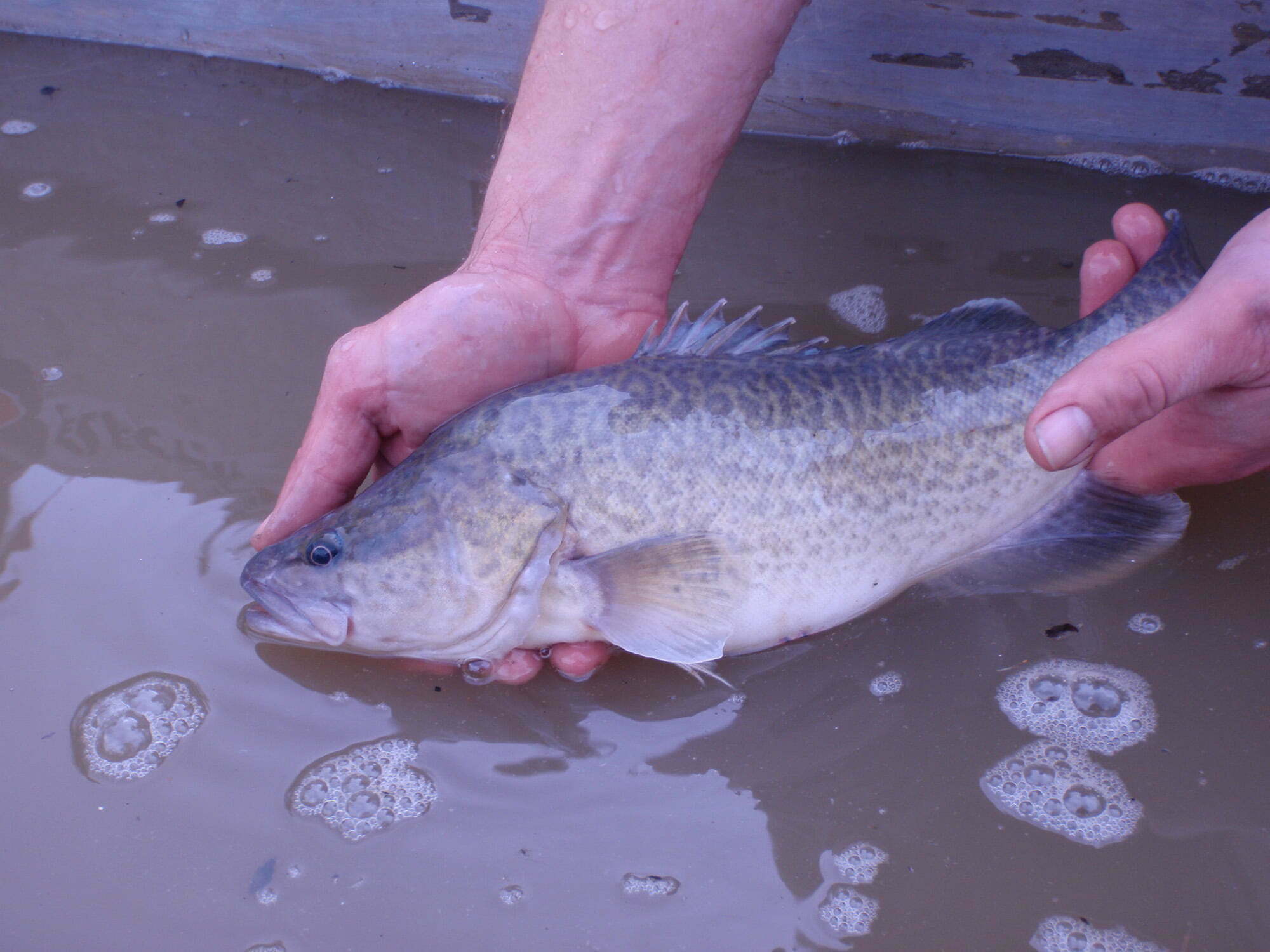
Murray cod
Murray cod movements occurred over limited spatial extents, and most often during spring (September–November). Movements were characterised by shifts away from usual locations, followed by return movements within 1–2 days, or shifts to new areas for 4–6 weeks where movement was again very limited, followed by return movements to areas previously occupied. These movements may be related to reproduction. We found no significant patterns of habitat use over time for Murray cod.
Conclusion
In summary, we found that Murray cod and Golden perch in a weir pool exhibited some similar behaviours to populations of the same species, such as strong site fidelity, and use of woody habitat for Golden perch. However, some behaviours such as large-scale (tens-hundreds of km) movements documented for riverine populations were rarely observed. These differences potentially reflect flow regulation (e.g. stable water levels, loss of hydraulic cues) in the weir pool. Overall, this study shows that although some aspects of these two native fishes’ life history can continue despite flow regulation, other aspects may change in weir pools, potentially impacting on long-term population persistence.
All photos provided by Wayne Koster.
Journal reference: https://onlinelibrary.wiley.com/doi/full/10.1111/jfb.14275
Long term River Murray fish surveys attract interest from IFISHTV
Fish scientists have been busy collecting data to help understand how river management is influencing fish movement and populations on the River Murray this winter. A recent visit by IFISHTV confirmed the importance of learning as much as we can about our native fish so we can protect them into the future.


